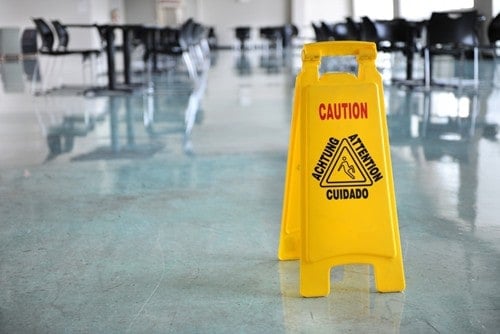Workplace hazards are incredibly common, regardless of industry, and employers must take the proper measures to address these concerns in order to keep costs down and protect staff members.
While problems can appear in a variety of ways, the most prevalent types of accident include slips, trips and falls. While these risks are going to exist no matter what, there is plenty employers can do to minimize the threats and ensure that workers stay safe while on the job.
In order to mitigate hazards associated with slips, trips and falls, here are three effortless steps to keep employees out of harm's way while in the workplace:
1. Improve on-the-job training
Awareness and training are two of the best methods to keep people safe. According to occupational health and safety training website The Workplace Safety Institute, everybody in the workplace must be aware of where they are going at all times. Training can help with that goal. All workers must understand the hazards of the job, how to avoid them and what they can do to help keep everyone safe. Furthermore, they must also know how to use equipment properly and clean their workspaces to mitigate these hazards.
2. Ensure regular inspections
A comprehensive risk management plan is vital for keeping the workplace safe at all times. One key component of this strategy is the inspection process. On a regular basis, the entire company should be looked over for hazards, the news source noted. When it comes to slips, trips and falls, a slight problem – such as a spill or a loose cable – can be dangerous. So, checking over the site each morning can prevent a small issue from causing a serious injury or accident.
3. Provide the right tools for employees
Most importantly, workers need to have access to the best possible tools to do their jobs. This will not only increase productivity, but it will also help keep the company safe. For preventing slips, trips and falls, the U.S. Occupational Safety and Health Administration recommended designing spaces properly. For example, where wet processes are used, there needs to be the correct drainage, false floors, mats or other tools to ensure safety. Otherwise, workers could be forced to operate in a hazardous situation. With that in mind, proactive management can be a valuable ally for employees.



